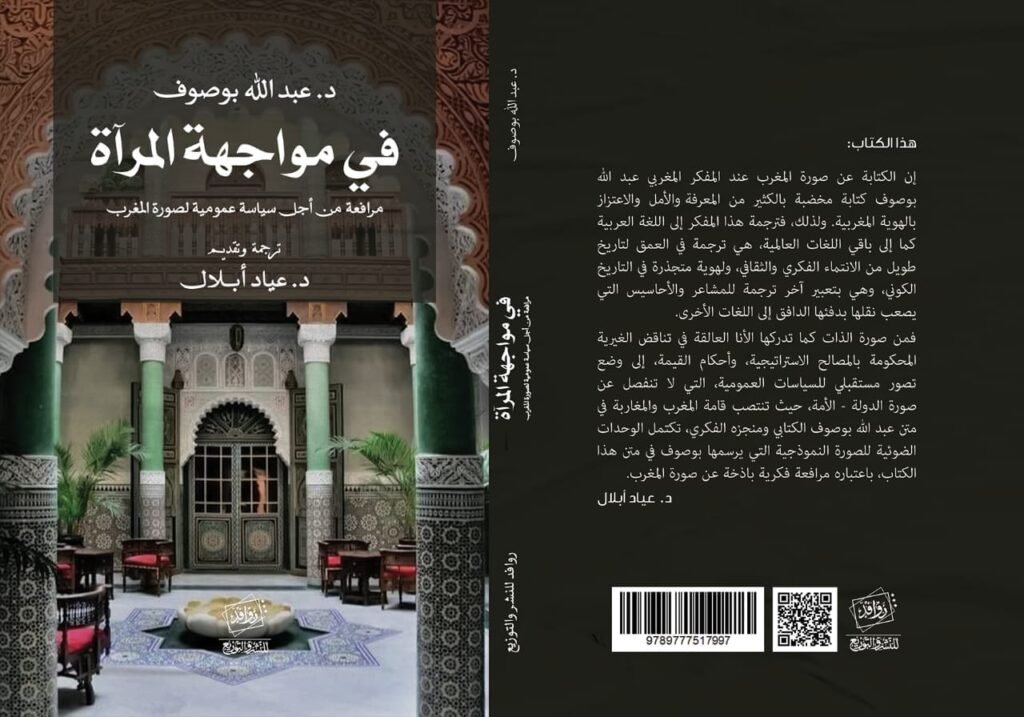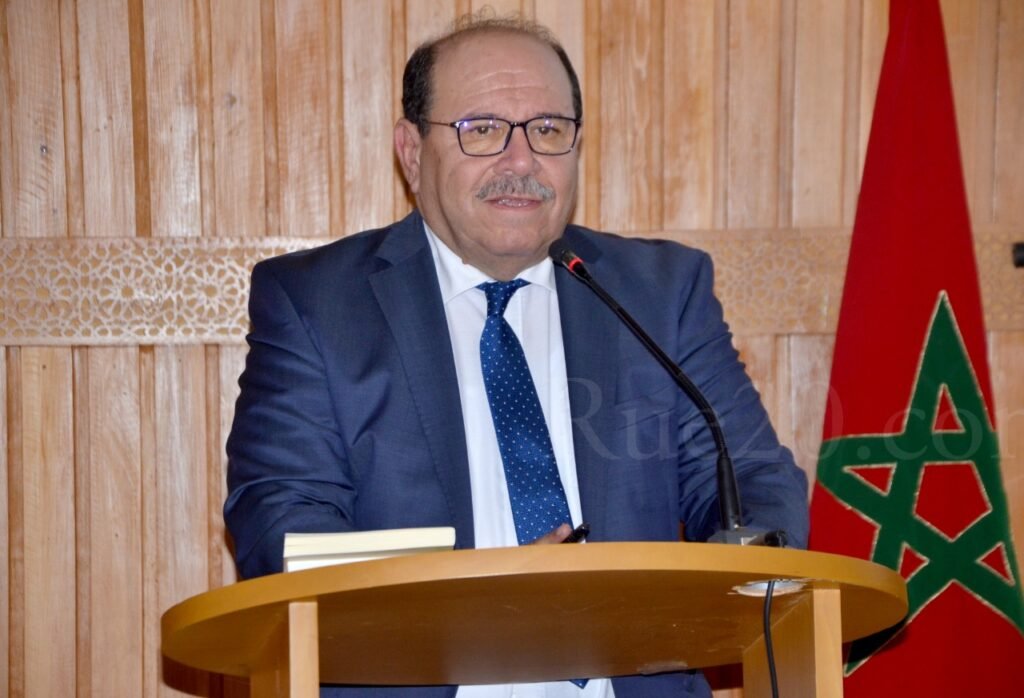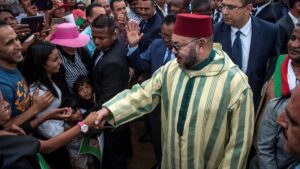Morocco Facing External Targeting: Collective Responsibility and National Image

Dr. Abdullah Boussouf (Historian, Secretary General of the Council of the Moroccan Community Abroad)
Today, as Moroccans at home and abroad, we are experiencing a delicate moment characterized by multiple forms of targeting our homeland. Morocco has become the target of malicious media campaigns, whether through French outlets such as Le Monde, Algerian media, or even foreign websites that thrive on promoting misleading news and repeating the same hostile rhetoric.
Faced with this reality, the entire Moroccan people expressed a clear and unequivocal position: condemning these attacks and rallying around His Majesty King Mohammed VI, in a strong and solid relationship based on the legitimate pledge of allegiance and a deep sense of national belonging. This historic moment demonstrated once again that Morocco's strength lies in the unity of its ranks and the cohesion of its internal front.
However, defending the homeland is not limited to adhering to internal unity; it also requires protecting Morocco's image abroad and confronting all attempts at distortion or disparagement. Here, it becomes the duty of intellectuals, researchers, and activists in various fields to contribute to the development of an alternative discourse based on presenting a true and objective image of Morocco, free from clichés and biased representations.
In this context, I made a modest contribution by publishing a book entitled "Facing the Mirror: A Plea for a Public Policy for Morocco's Image" (2019). Through this work, I attempted to address the issue of Morocco's image as a strategic issue and demonstrate how defending the nation in an era of media globalization transcends the borders of the national territory to become a daily task at the level of shaping international public opinion.
The book discusses three main axes:
First: Identifying the manifestations of the challenges associated with Morocco’s image abroad and how they are formed.
Second: Highlighting the gaps in the national approach to managing this vital issue.
Third: Proposing a call for an integrated public policy for Morocco's image, involving state institutions, civil society, and the media, in a way that makes defending Morocco's image a collective responsibility.
If we consider the book's analytical content, we find that it does not merely describe the challenges, but rather attempts to deconstruct their roots through an in-depth reading of the mechanisms of international media operation and how public opinion is shaped around Moroccan issues. It also seeks to highlight that image is not merely a reflection of reality, but rather a tool of soft power that can determine a country's position in the international system. Hence the call for a public policy that transcends circumstantial reactions and embraces a strategic vision that makes Morocco's image an area for national investment, similar to other sectors.
Today, as Morocco faces these hostile campaigns, it is more than ever required to renew its defensive tools in the areas of image, media diplomacy, and culture. The battle is not merely political or geostrategic, but also symbolic and representational, where the image of countries is shaped and their standing in the global consciousness is formulated.
Our battle, then, is as much a battle of awareness as it is a battle of information. It is a test of our will to remain faithful to our history and committed to our future, in firm unity behind His Majesty King Mohammed VI.






